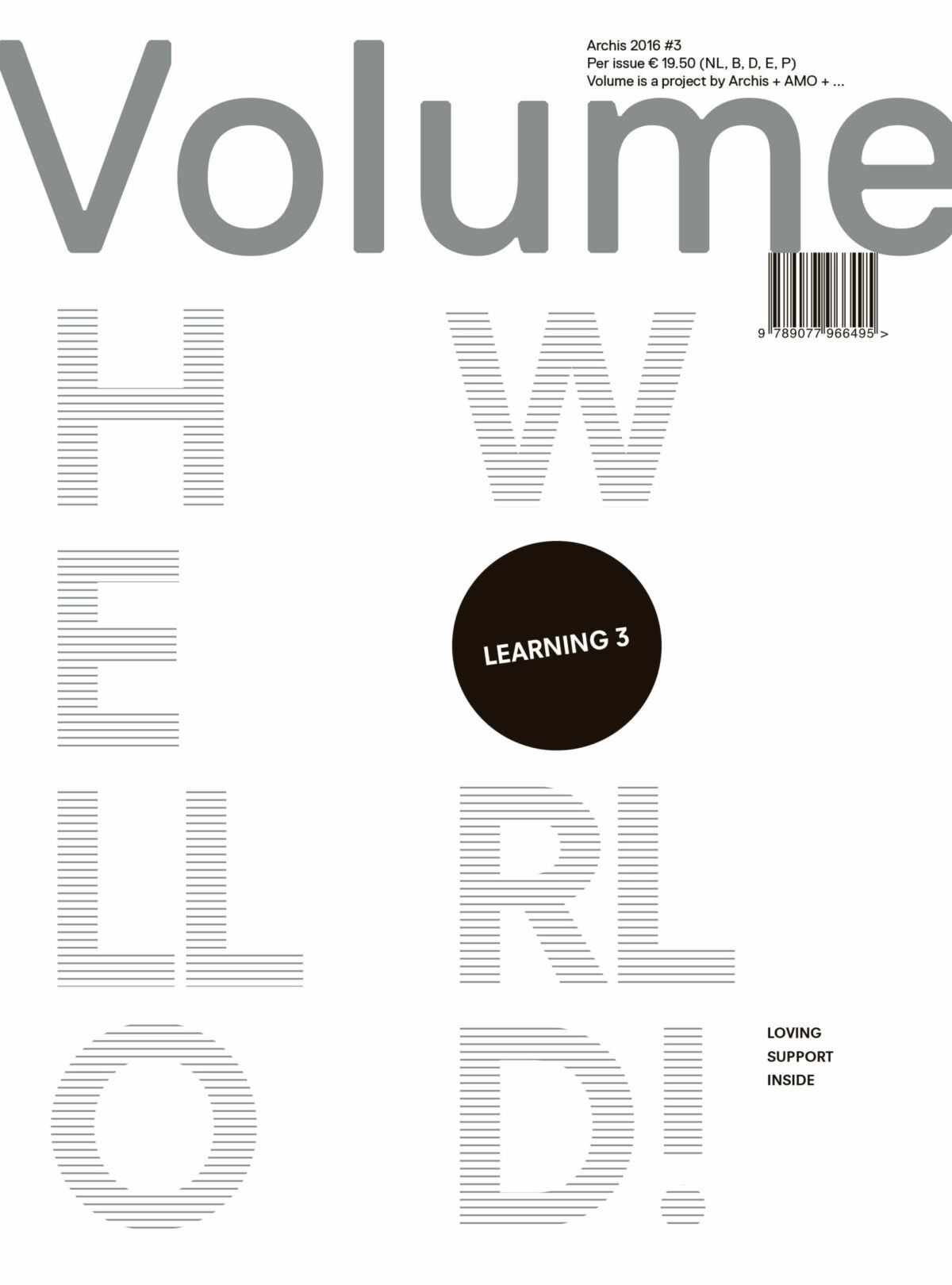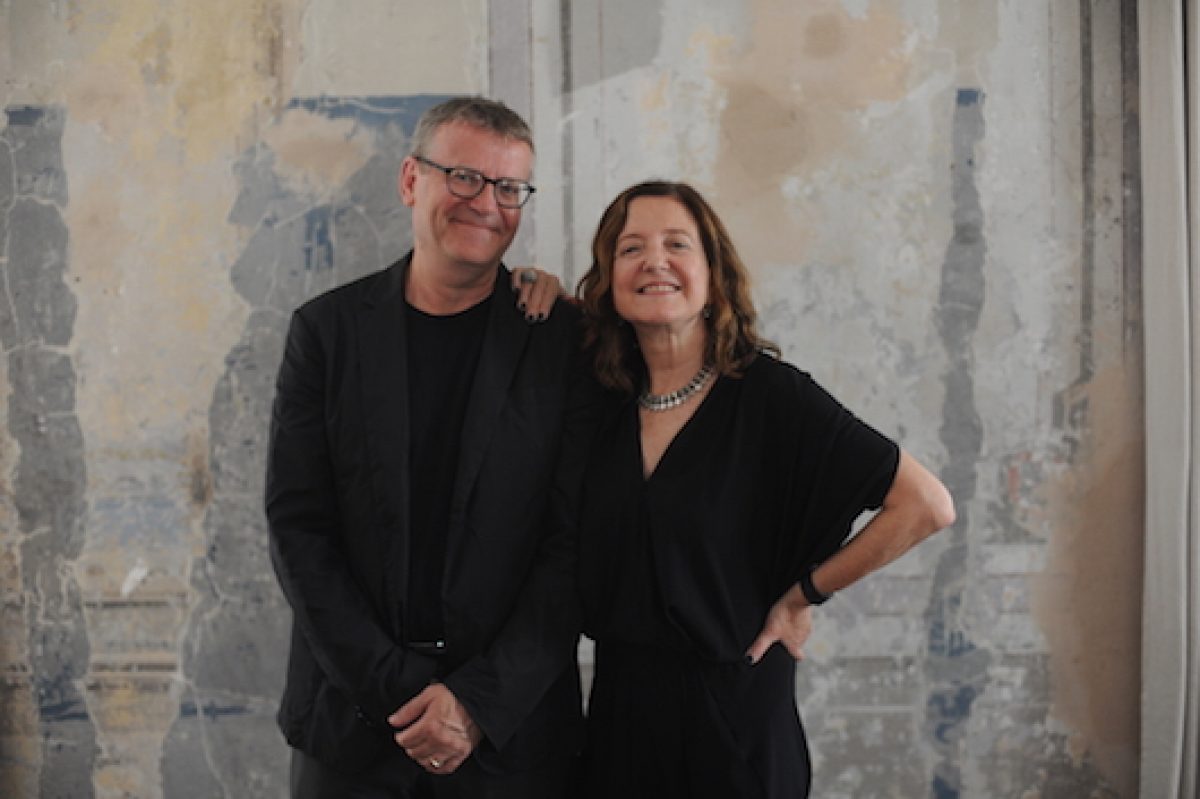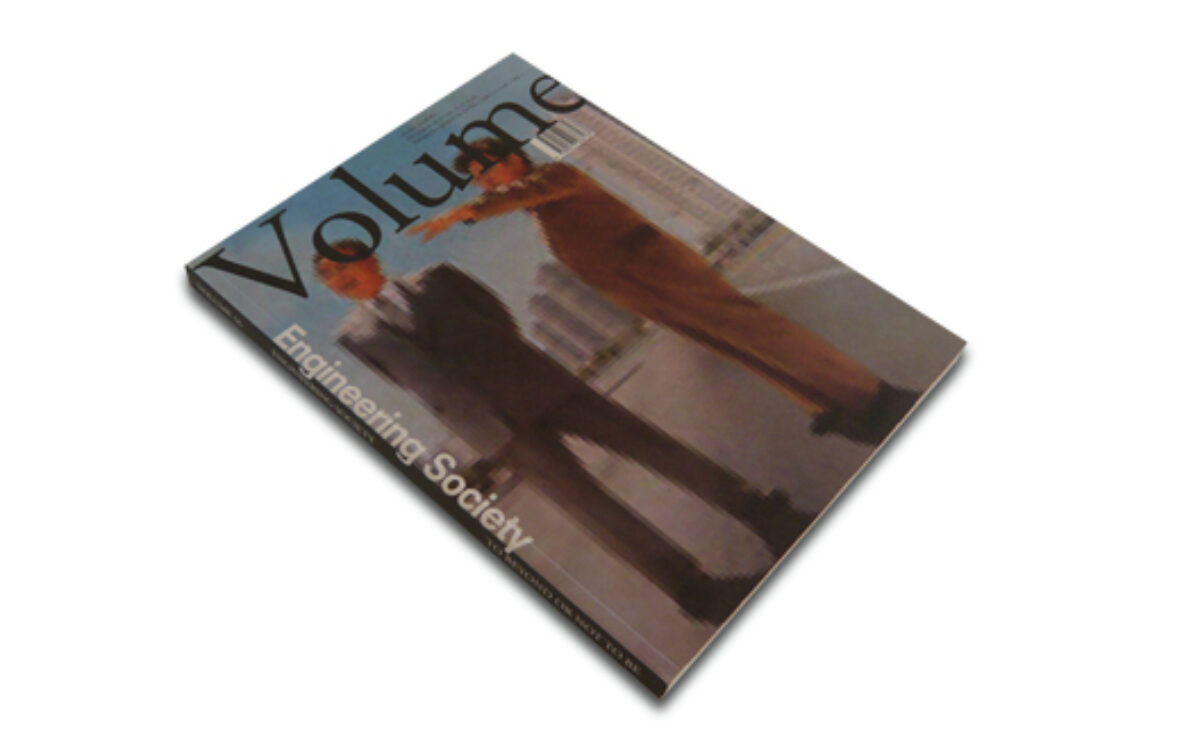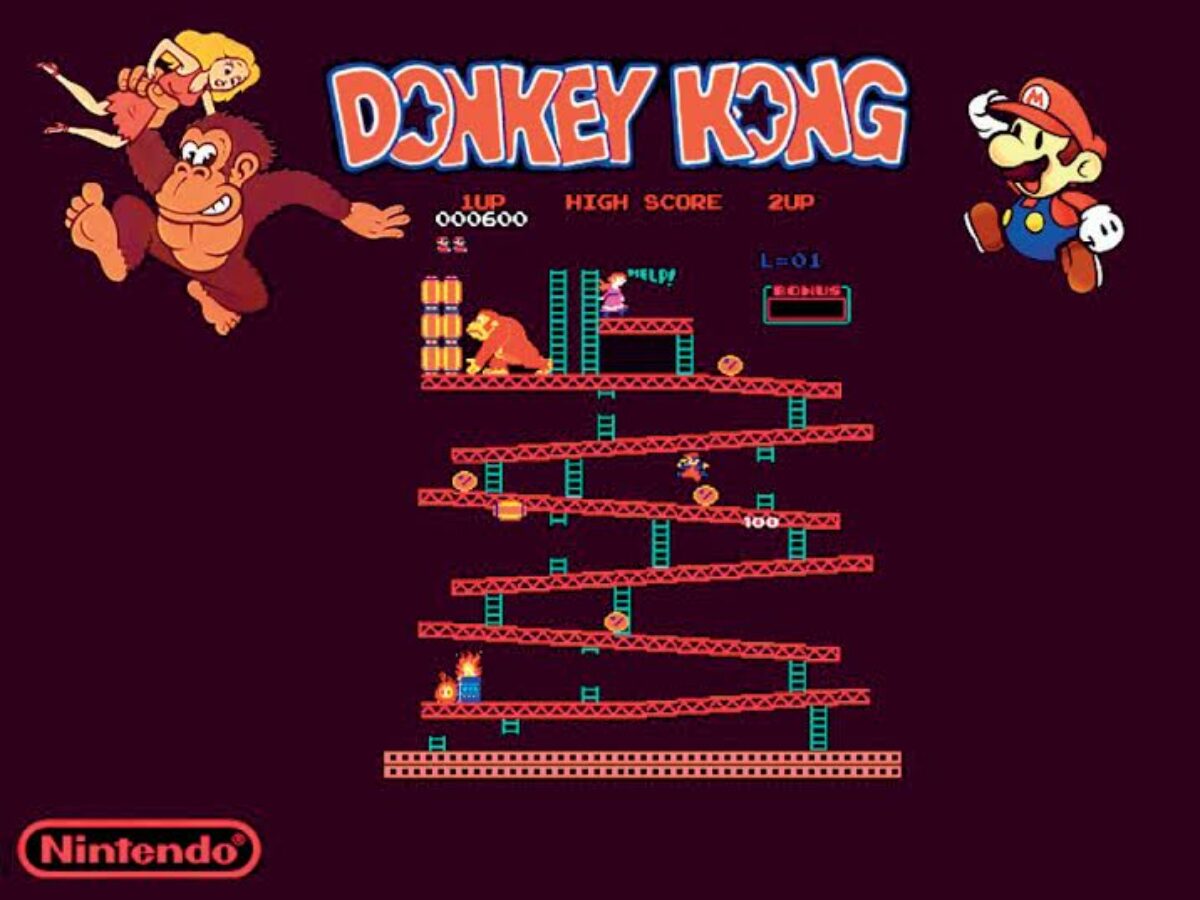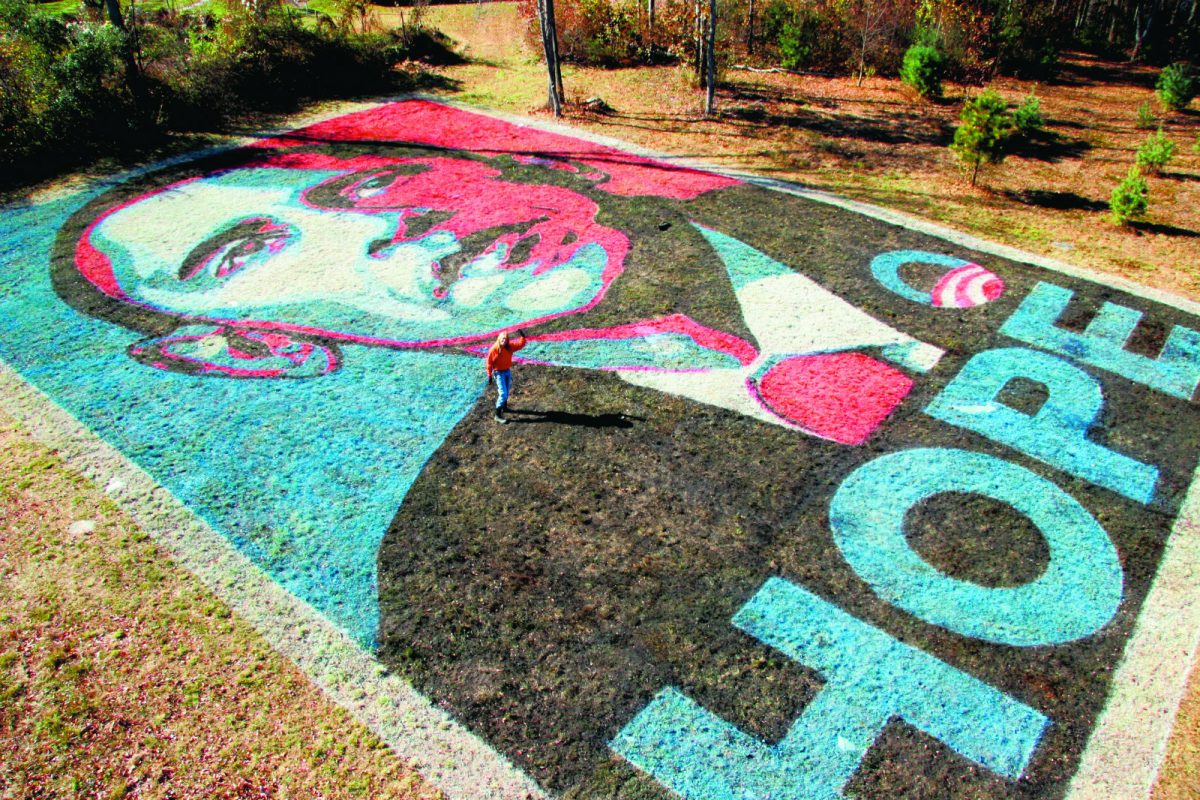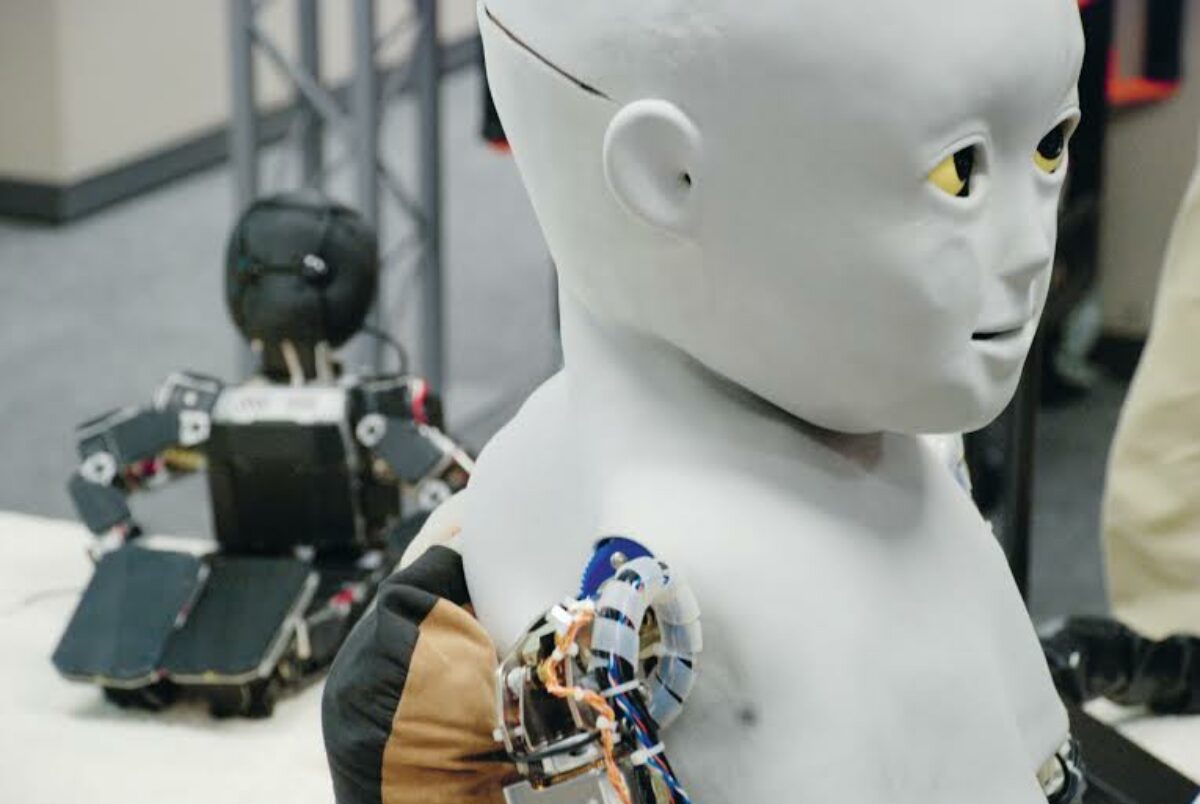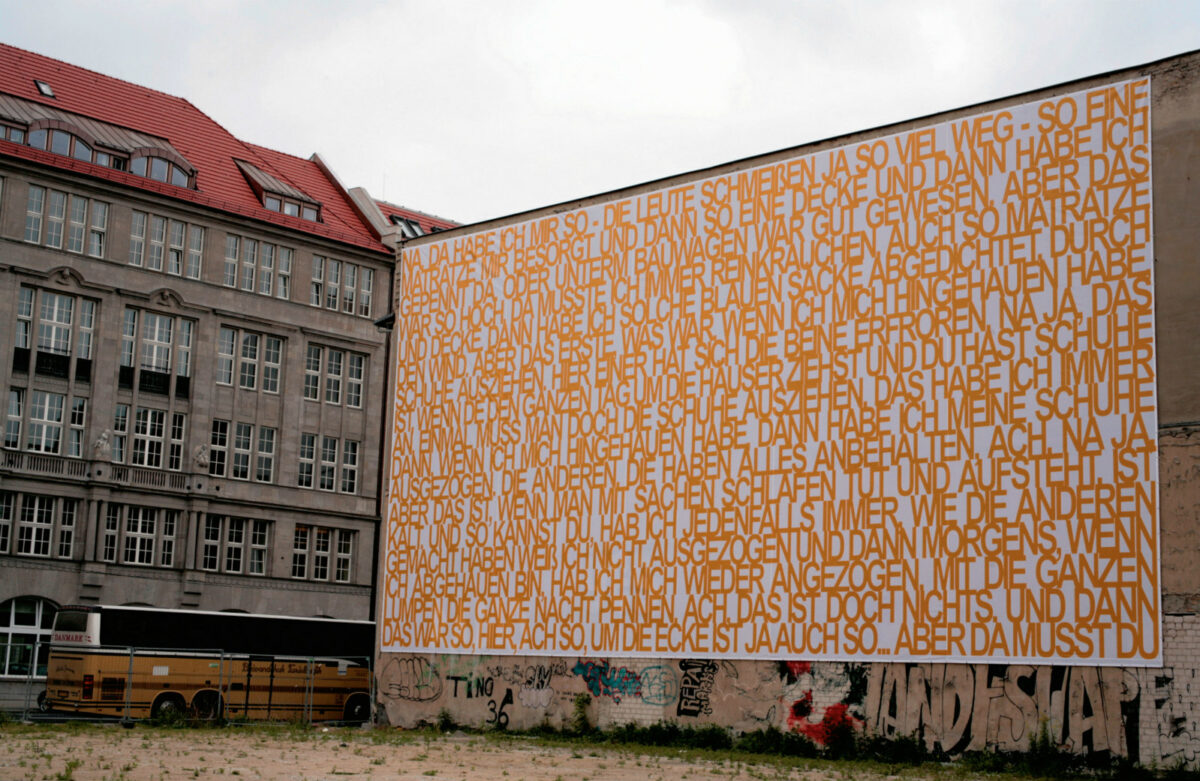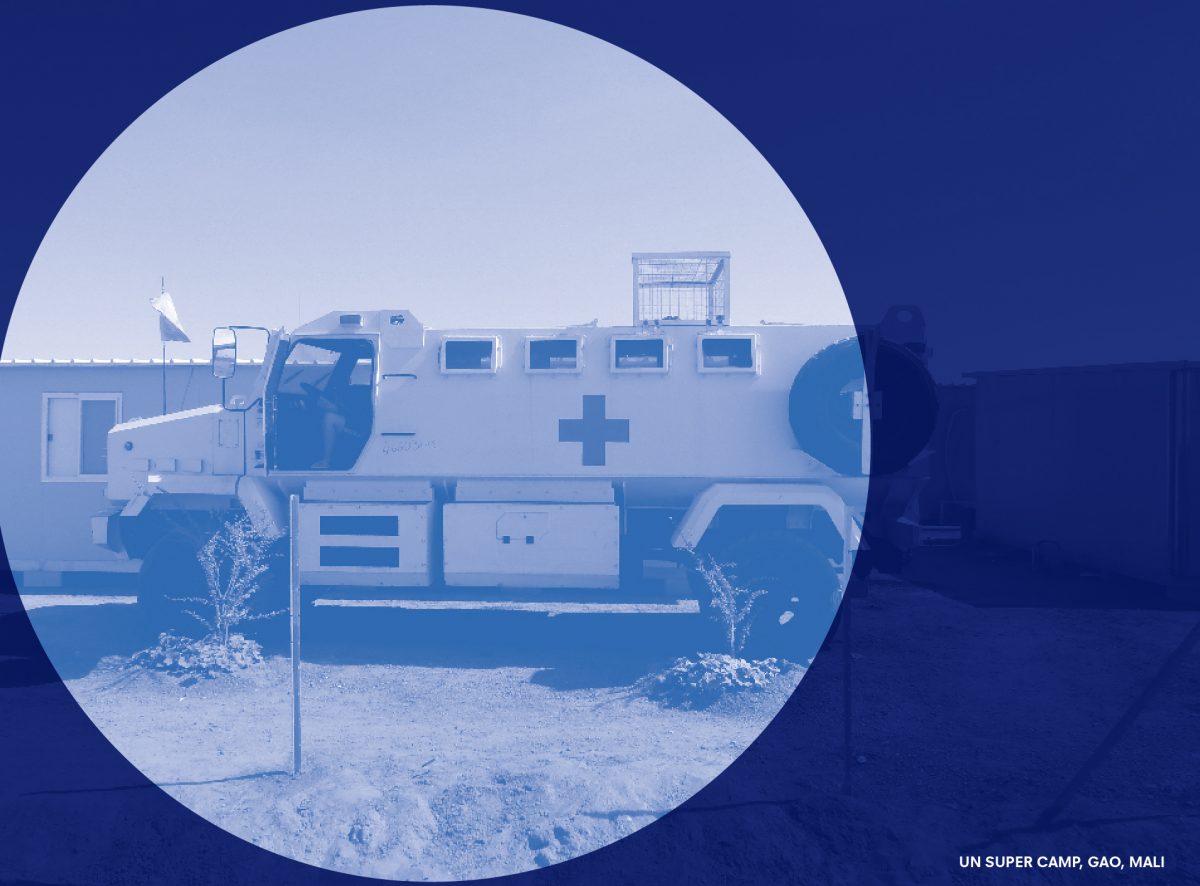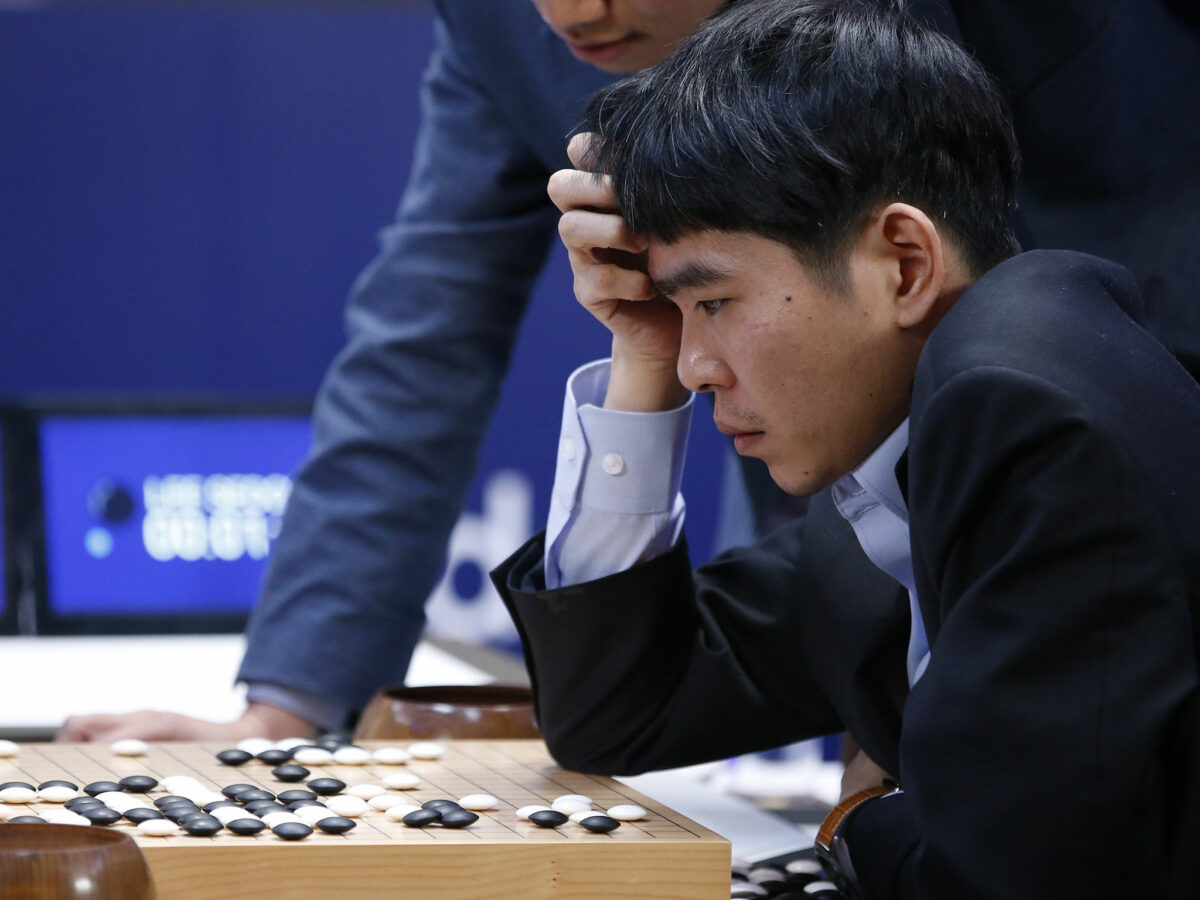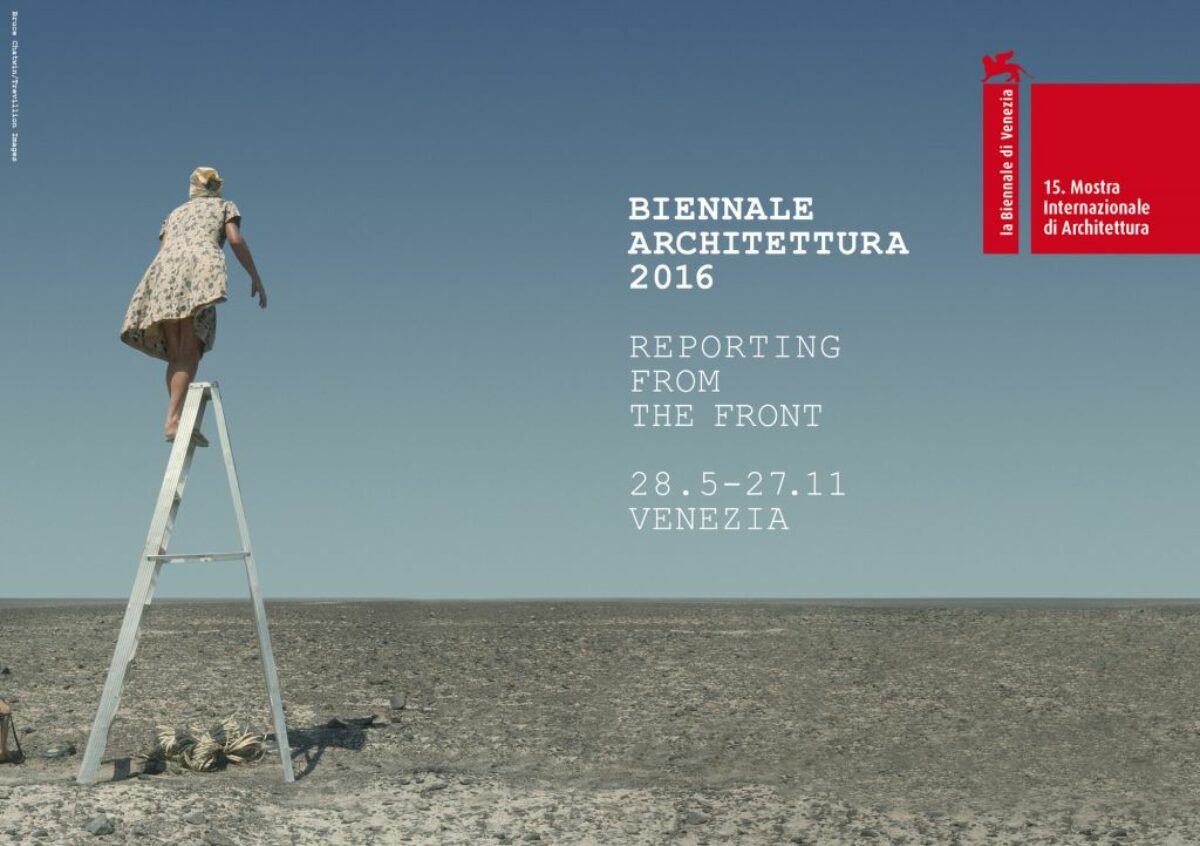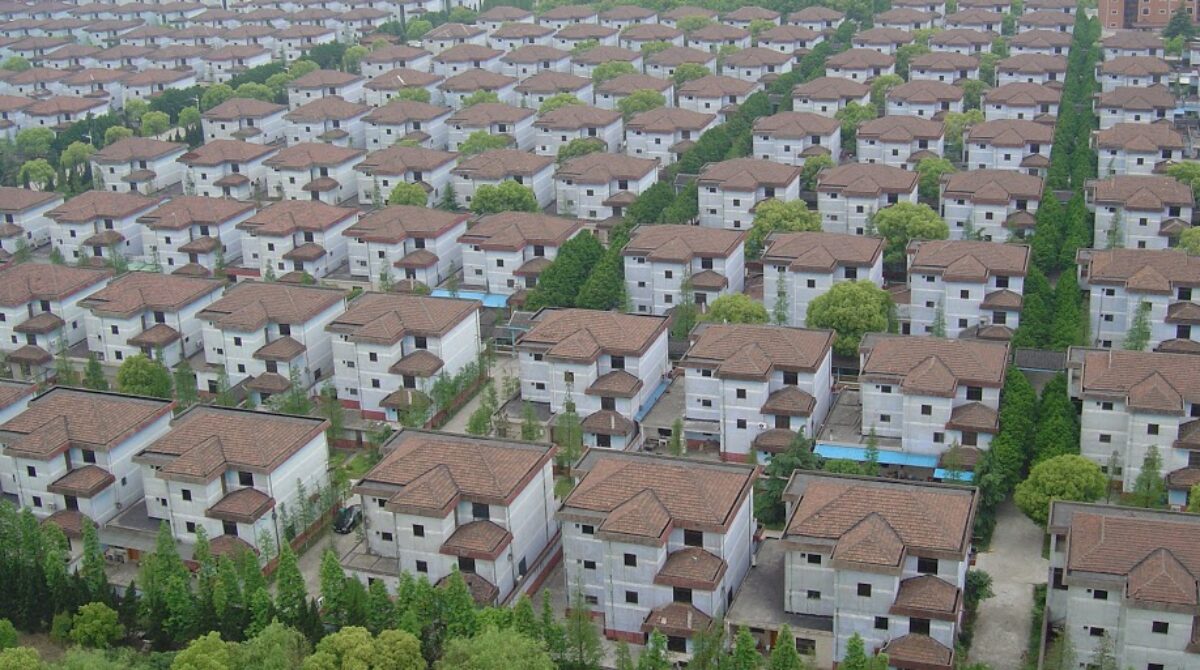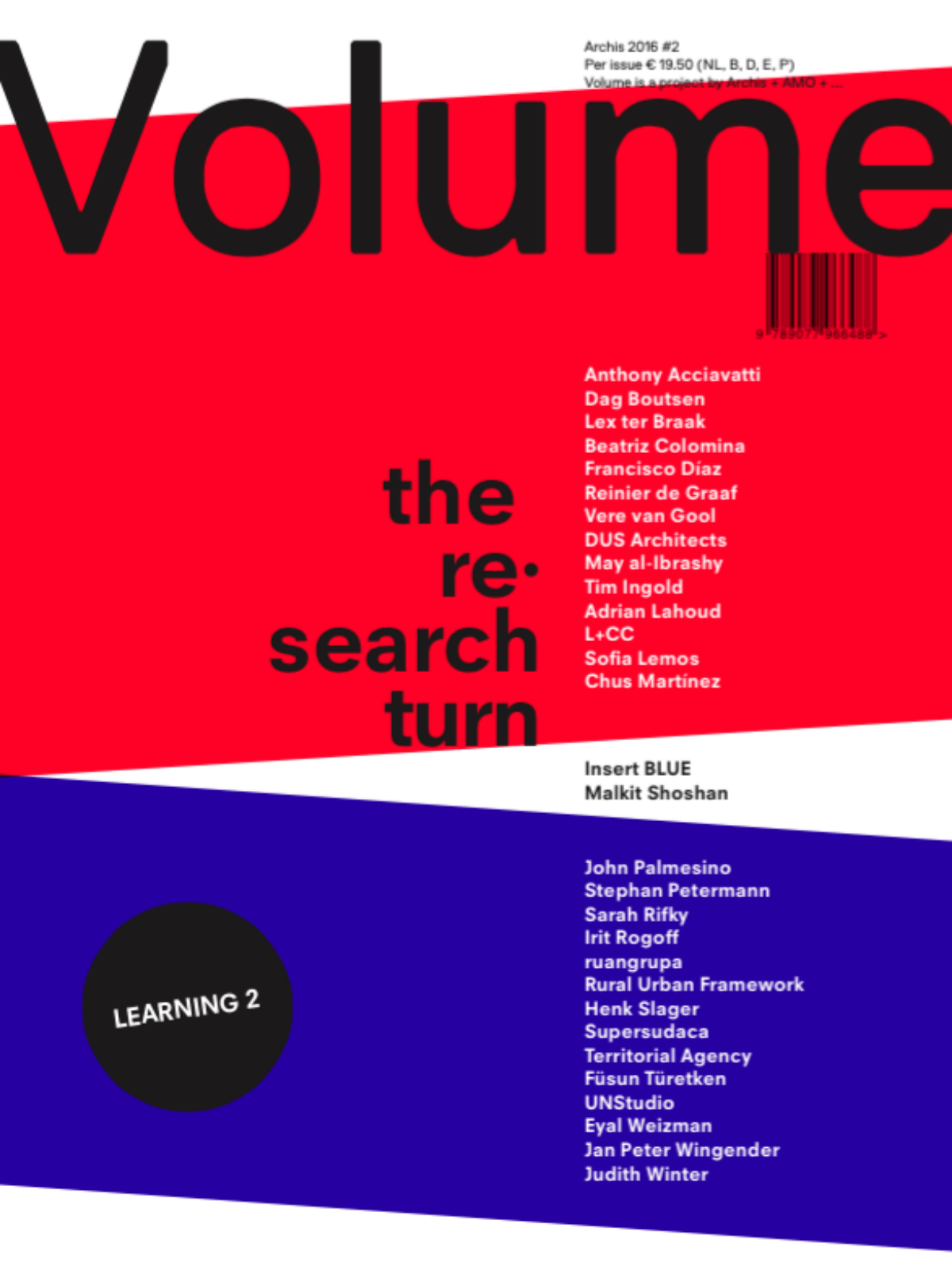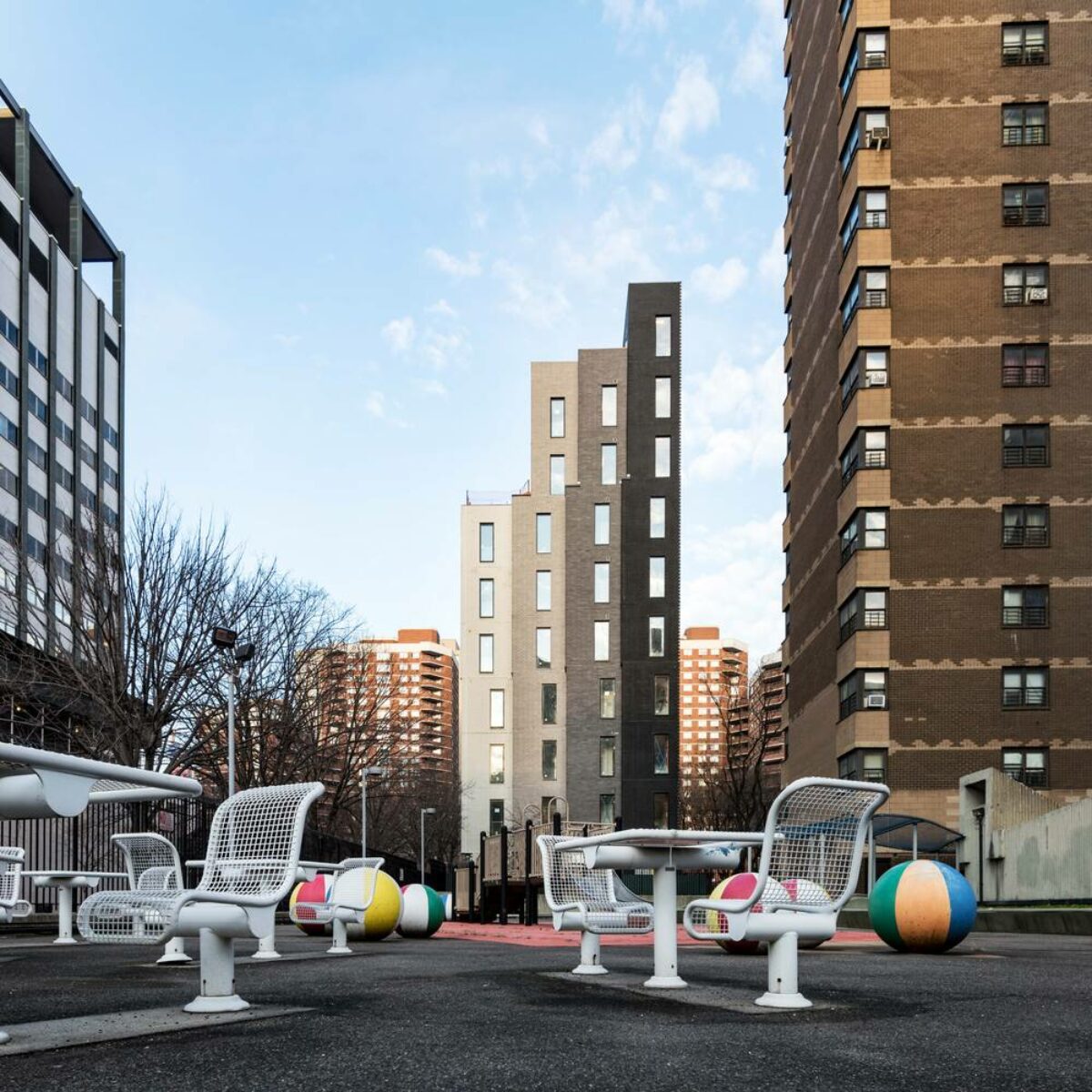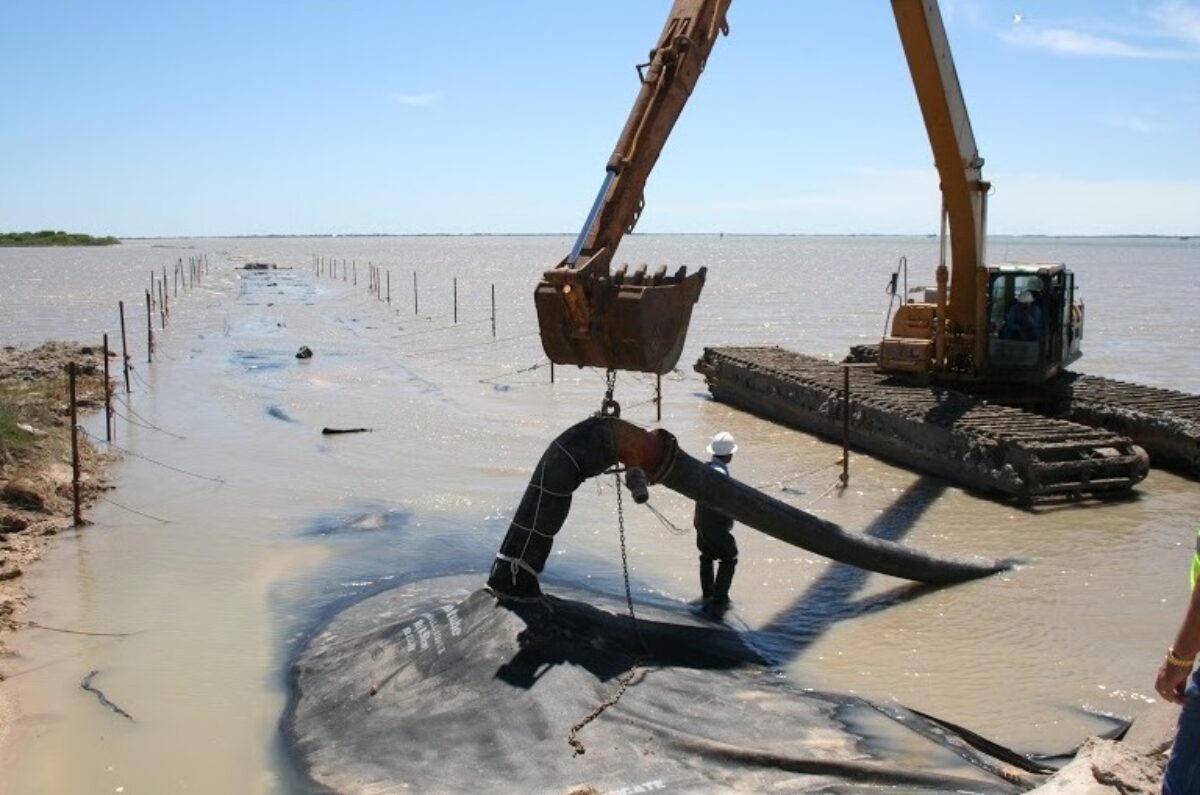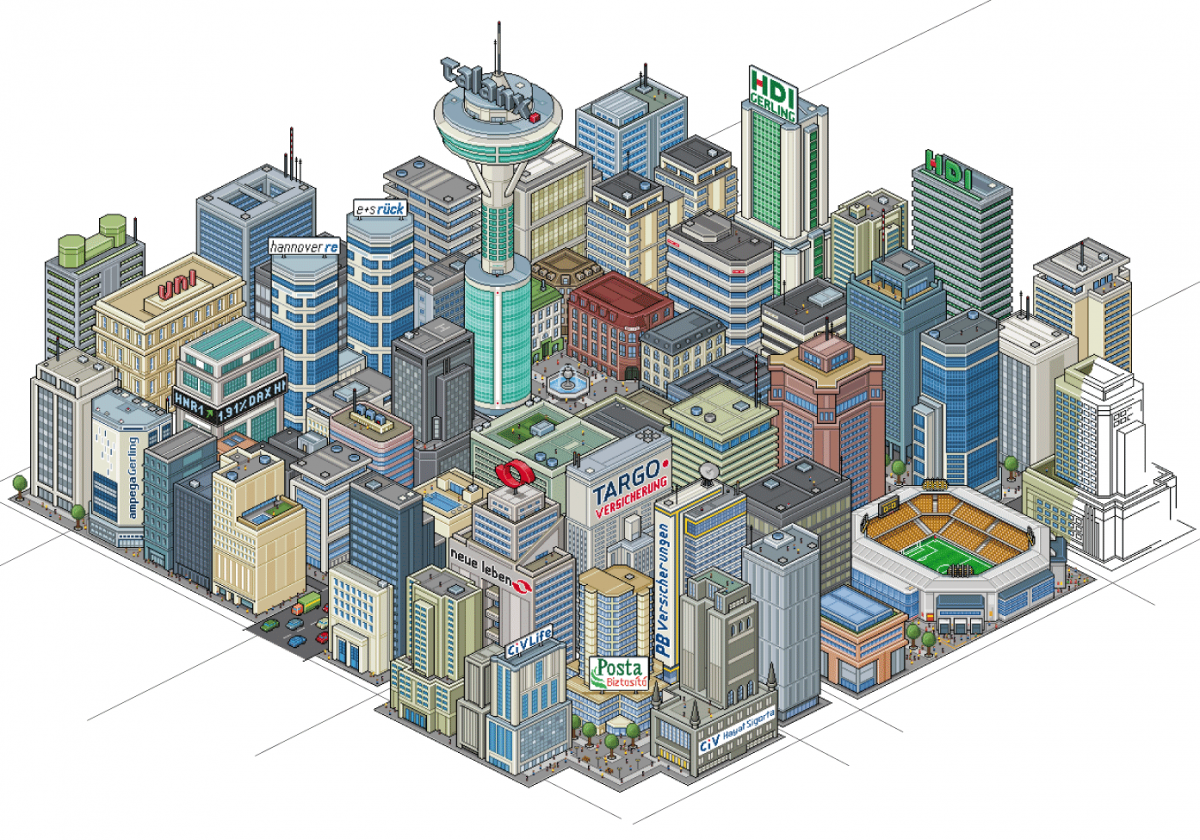Volume #49: Hello World!, the third in our Learning series, seeks to take one small step in the direction towards understanding the contemporary relevance of machines for architecture, and one giant leap for mankind. It includes ‘In Loving Support’, a 32-page insert produced with Het Nieuwe Instituut on living and working with algorithms.
Volume #48: The Research Turn contains the exhibition catalogue for BLUE: The Architecture of UN Peacekeeping, the Dutch entry at the 15th International Architecture Exhibition, la Biennale di Venezia, by Malkit Shoshan. BLUE focuses on the most prominent footprint of the United Nations’ peacekeeping operations: the compound.
